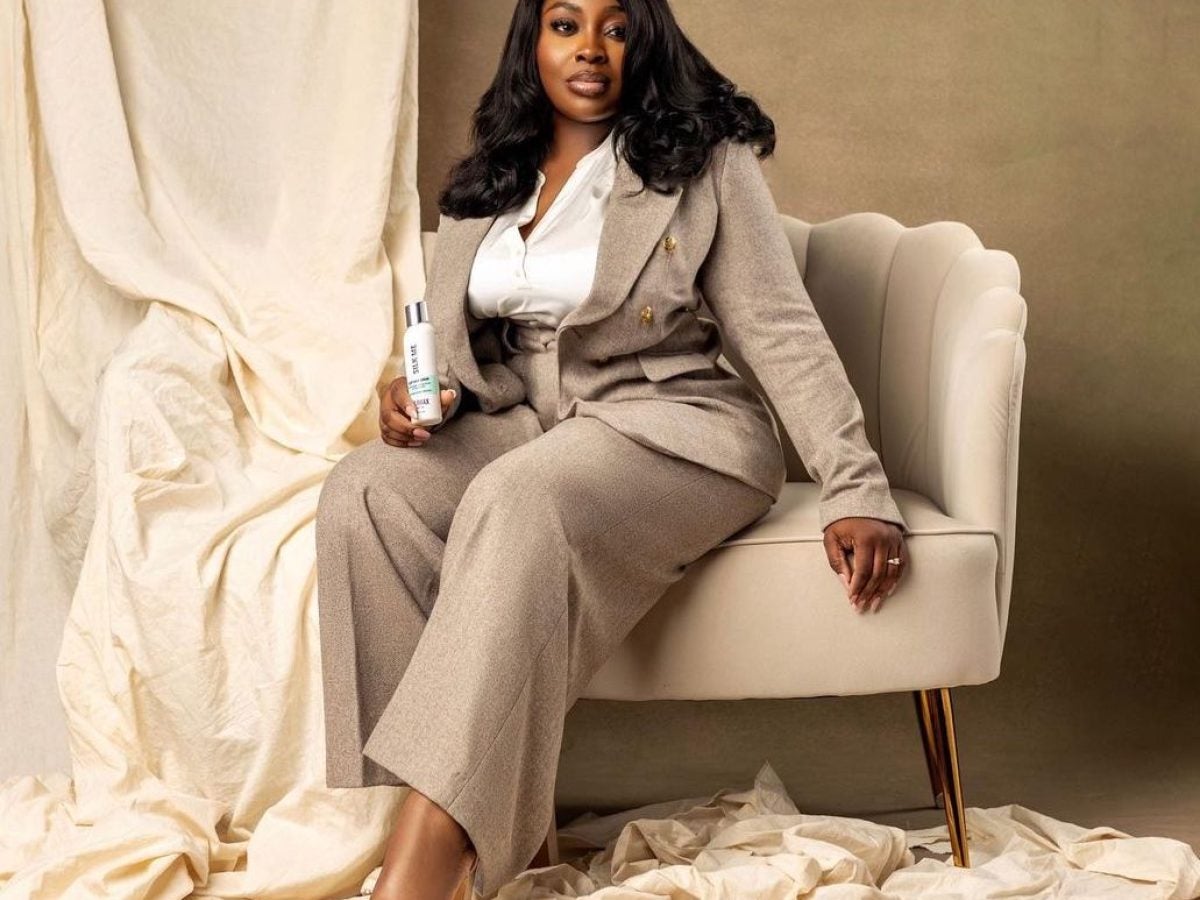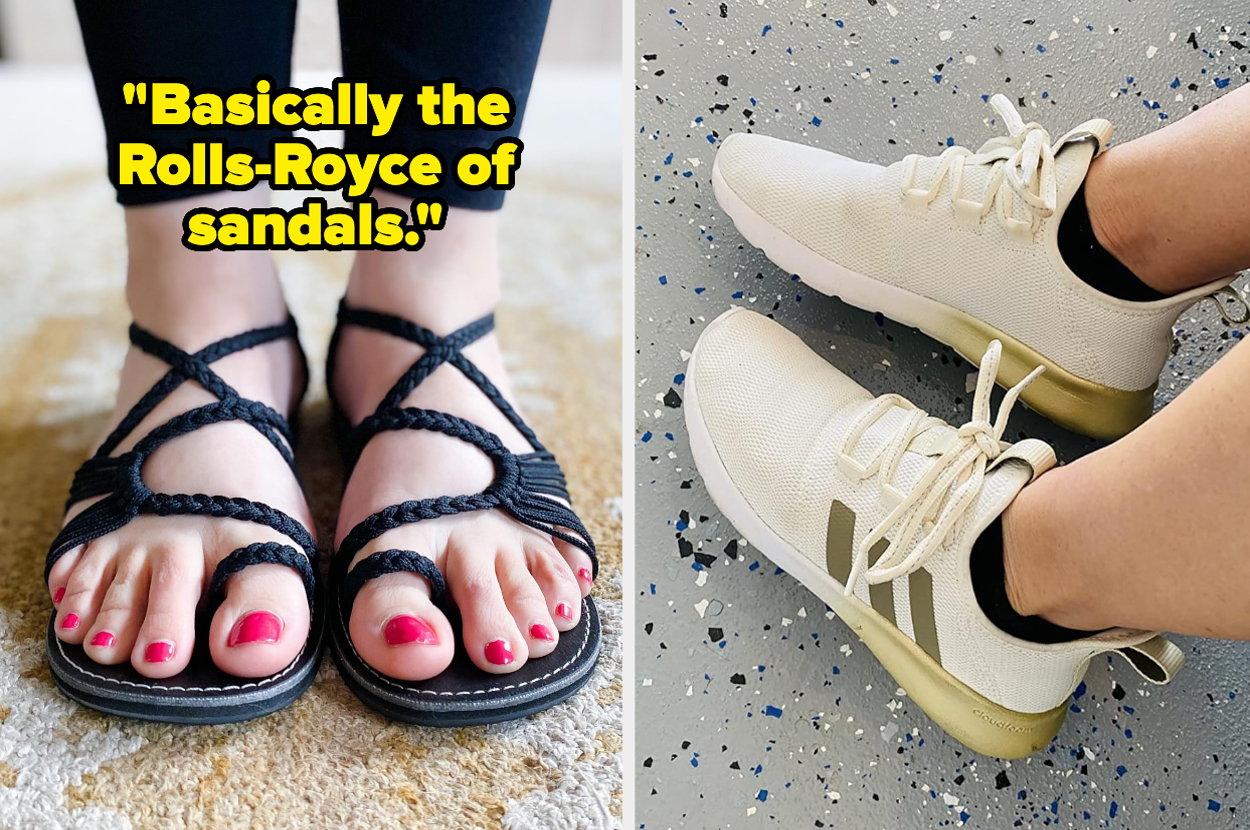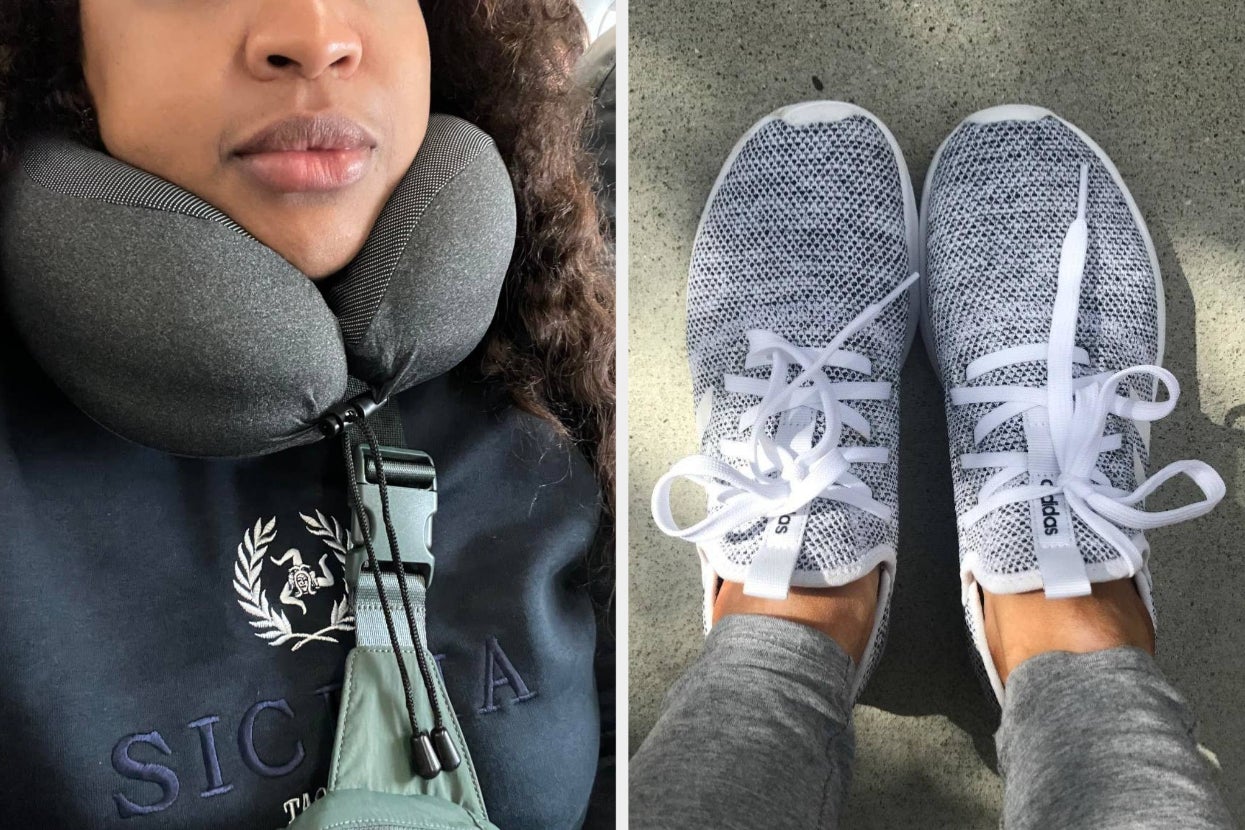Shopping on Amazon has become a personality trait for many of us, but what’s it like on the other side? There are scores of small product-based business owners selling on the platform as a way to reach consumers aside from direct-to-consumer methods. This isn’t surprising since more than 51% of consumers on Amazon according to data from . Amazon states that there are two plans prospective sellers can choose from: Individual selling plan which costs $0.
99 per sale or the Professional selling plan for $39.99 per month, no matter how many items you sell. Sellers should expect to pay a referral fee on each item sold.

You can also choose between fulfilling your own orders and enlisting Amazon to sort, pack and send out your orders as a part of the plan you choose. So, it the process worth it? “Yes,” Tavia Green says. She is the founder and CEO of Climax Haircare, a vegan brand that initially sold only from its website and is now expanding into select beauty supply stores in Texas, Florida and Georgia.
Now, four years in, Green says Amazon is the natural next step. “There comes a time in the life of every business where growth cannot happen without expanding your 3PL – or in other words expanding your order fulfillment process,” she tells ESSENCE. “Some businesses choose to use small 3PL companies or grow their own fulfillment centers internally.
We chose Amazon because they undoubtedly provide a consistent quality of service that aligns with the experience that we want to provide our consumers.” The brand officially became available on Amazon as of July 24. Green advises that the process is involved, and took a little over a month to complete.
“There are two ways to join the Amazon Business Partner network when you have a trademarked brand – you can either sell your products directly to Amazon and under that arrangement they manage the storing, pricing and delivery of your products however, you have to be invited to sell to them directly,” she tells ESSENCE. “The other option is third party selling, where sellers retain responsibility for managing their inventory and listings. Either way, joining the Amazon Business Partner network as a trademarked brand is a more complicated process than opening a marketplace just selling generic items, because your brand has to be vetted and go through a lengthy approval process.
” She warns that sellers shouldn’t expect to quickly onboard, and be patient. “We went big as our partnership covers three different sectors within Amazon marketplace (Amazon United States, Amazon Mexico, and Amazon Canada). Each sector has its own approval process and warehouse requirements so for us, it’s taking a bit longer than we originally anticipated.
” Despite the wait, Green says its going to be worth it. “Out of the many advantages that a partnership with Amazon offers, instant access to a secure warehouse and instant fulfillment support are the two most exciting for us,” she tells ESSENCE. “We have been blessed to be in business since 2020 and our customers trust us, so we anticipate that partnering with a trusted marketplace like Amazon will boost our visibility and strengthen consumer trust.
” There are some key components Green says should be considered before making the move to Amazon. “Partnering with Amazon can be a great top line growth opportunity for small businesses but it is important to note that integration to Amazon or any selling platform has to be carefully mapped out to account for fees and commissions. Profitability could detrimentally suffer if all of the metrics aren’t carefully accessed beforehand.
It is also important to note that sellers have limited control over the customer experience since Amazon is the one who processes the sale and ships the order to the customer. Amazon does not provide any insight into customer data, which can hinder a growing brand, so it is important to consider that if you don’t already have an established customer base.”.



















